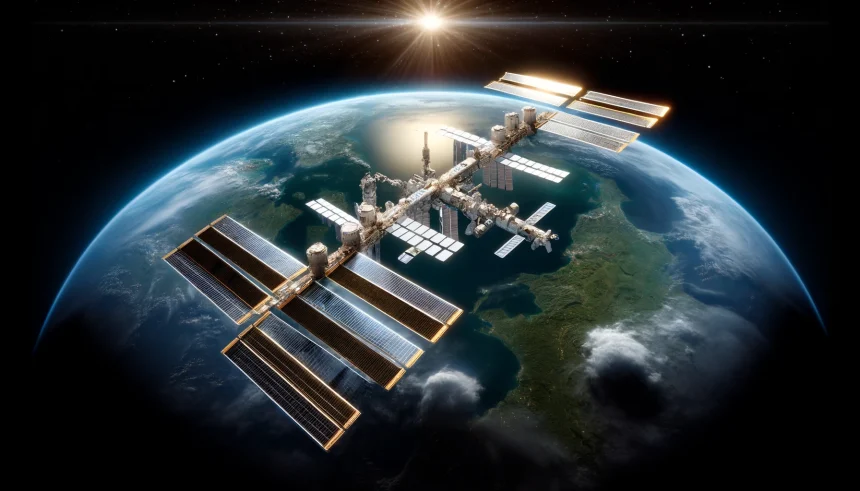The quest to identify habitable exoplanets is advancing with new research focusing on the diverse evolutionary stages of Earth. A collaborative study led by Kenneth Goodis Gordon from the University of Central Florida introduces refined criteria for assessing planet habitability. This approach integrates the historical changes of Earth’s atmosphere, providing a broader framework for evaluating distant worlds. The findings are expected to enhance the capabilities of upcoming observatories, potentially increasing the number of identified habitable planets.
Exoplanet research has significantly expanded, with thousands of candidates awaiting confirmation. Compared to earlier studies that primarily relied on Earth-like conditions, this new metric offers a more dynamic perspective by considering Earth’s atmospheric evolution over billions of years. This shift allows scientists to recognize a wider array of biosignatures, making the search for life beyond our planet more inclusive and potentially more successful.
How Does Earth’s Evolution Inform Habitability?
Understanding Earth’s atmospheric changes over time provides essential data for identifying similar processes on exoplanets. The study highlights how different eras, such as the Archean and Proterozoic Eons, exhibited unique atmospheric compositions that supported life. By modeling these variations, researchers can better predict the presence of life-supporting conditions on other planets.
What Role Does Polarimetry Play in Exoplanet Studies?
Polarimetry offers a more detailed analysis of exoplanet atmospheres compared to traditional flux observations. According to the research team, “Polarization is a more sensitive tool than flux-only observations and can enhance exoplanet characterizations”
“Polarization is a more sensitive tool than flux-only observations and can enhance exoplanet characterizations.”
This technique allows for the detection of atmospheric components and surface features, providing clearer insights into a planet’s habitability.
How Will Next-Generation Observatories Benefit from This Research?
Upcoming telescopes like NASA’s Habitable Worlds Observatory (HWO) and the James Webb Space Telescope (JWST) will utilize the study’s findings to improve exoplanet detection and analysis. The integration of polarimetry and historical habitability metrics will enable these observatories to identify and characterize potentially habitable planets with greater accuracy.
The integration of Earth’s atmospheric history with advanced polarimetric techniques represents a significant step forward in exoplanet research. By expanding the criteria for habitability, scientists can explore a more diverse range of planets, increasing the likelihood of discovering worlds that support life. This comprehensive approach not only broadens the scope of astrobiology but also leverages the strengths of next-generation observatories to achieve more precise and meaningful results.










